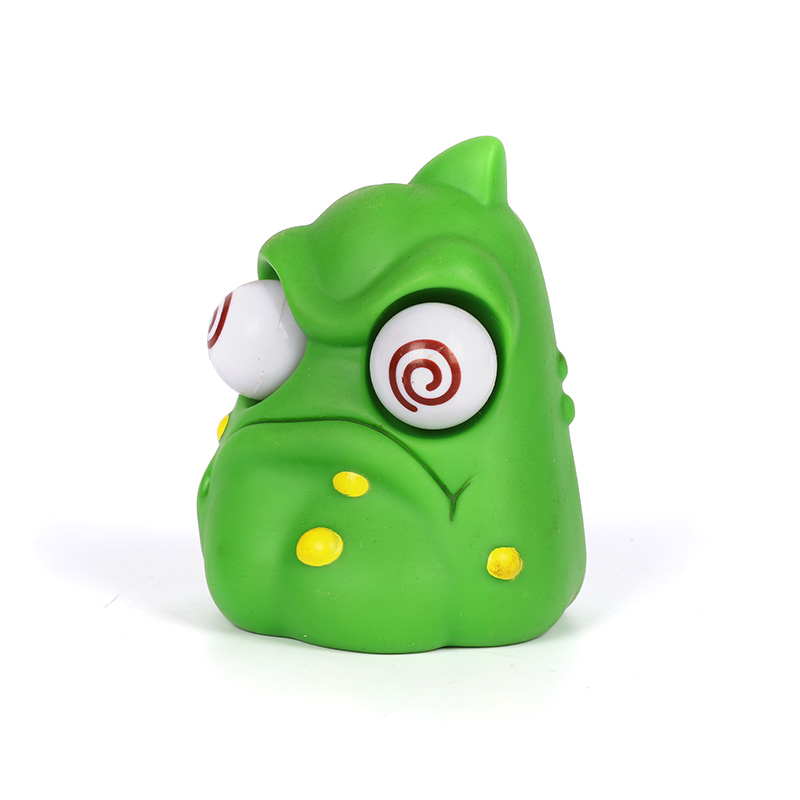- Type:
- Industry News
- Date
- 2024-Aug-16
Ensuring Safety And Innovation In Non-Toxic Plastic Water Toys
As the demand for children's toys continues to grow, particularly in the water toy segment, the importance of safety and material quality cannot be overstated. Among the more critical aspects of manufacturing inside water toys is the use of non-toxic plastics, which ensures that children can play safely. This article delves into the significance of using non-toxic plastics in water toys, the challenges manufacturers face, and the innovations driving the industry forward.
The Importance of Non toxic plastic toys
Water toys are a favorite among children, especially during the summer months. However, because these toys often come into direct contact with a child's mouth, skin, and eyes, the materials used in their production must be non-toxic. Traditional plastics can sometimes contain harmful chemicals like phthalates, BPA, and other additives that pose risks to children's health. Non-toxic plastics, on the other hand, are free from these harmful substances, reducing the risk of exposure to dangerous chemicals.
Parents and guardians are becoming increasingly aware of the potential hazards associated with toxic materials in toys. This awareness has led to a growing demand for water toys made from non-toxic plastics. By choosing non-toxic options, manufacturers are not only adhering to stricter safety standards but also building trust with consumers who prioritize the well-being of their children.
Challenges in Manufacturing Non-Toxic Plastic Water Toys
Producing water toys from non-toxic plastics presents several challenges for manufacturers. First, non-toxic materials often require more stringent sourcing and testing processes to ensure that they meet safety regulations. This can ideal to increased production costs and longer development times.
Additionally, non-toxic plastics must possess specific properties that make them suitable for water toys. These materials need to be durable, resistant to water and UV rays, and capable of withstanding rough play. Achieving these qualities without compromising safety can be a complex process, requiring manufacturers to innovate continuously.
Another challenge lies in the regulatory landscape. Different countries have varying standards for what constitutes a "non-toxic" material, and manufacturers must navigate these regulations to ensure their products can be sold globally. Staying up-to-date with changing safety standards and ensuring compliance can be a resource-intensive process.
Innovations in Non-Toxic Plastic Water Toys
Despite the challenges, the industry has seen significant advancements in the development of non-toxic plastic water toys. One of the key innovations is the use of bio-based plastics, which are derived from renewable resources such as corn starch, sugarcane, and other plant materials. These plastics are not only non-toxic but also environmentally friendly, addressing the growing consumer demand for sustainable products.
Another area of innovation is in the design and manufacturing processes. Advances in molding technology have enabled manufacturers to produce complex shapes and features in water toys while maintaining the integrity of non-toxic materials. This has allowed for the creation of more engaging and interactive toys that are still safe for children to use.
Moreover, some manufacturers are exploring the use of natural dyes and colorants in their water toys. Traditional synthetic dyes can sometimes contain harmful chemicals, but natural alternatives offer a safer option while still providing vibrant colors that appeal to children.
The Future of Non-Toxic Plastic Water Toys
The future of non-toxic plastic water toys looks promising as the industry continues to innovate and adapt to changing consumer expectations. As awareness of environmental issues grows, there will likely be an increased focus on developing sustainable, non-toxic materials that are also biodegradable. This could be ideal for a new generation of water toys that are safe for children and gentle on the planet.
Additionally, as technology advances, manufacturers may find new ways to reduce costs and improve the durability of non-toxic plastics. This would make safe water toys more accessible to a broader range of consumers, further promoting the health and safety of children worldwide.
In conclusion, the production of non-toxic plastic water toys is a critical aspect of ensuring child safety. While challenges exist, ongoing innovations in materials and manufacturing processes are driving the industry forward. As the market for safe and sustainable toys continues to grow, manufacturers who prioritize non-toxic materials will be well-positioned to meet consumer demands and contribute to the well-being of children.


 English
English
 English
English русский
русский Español
Español











